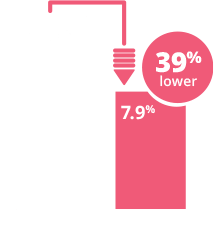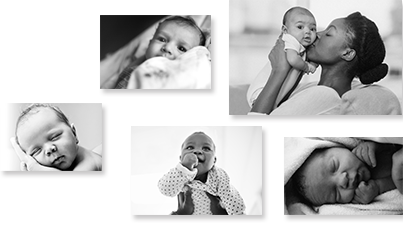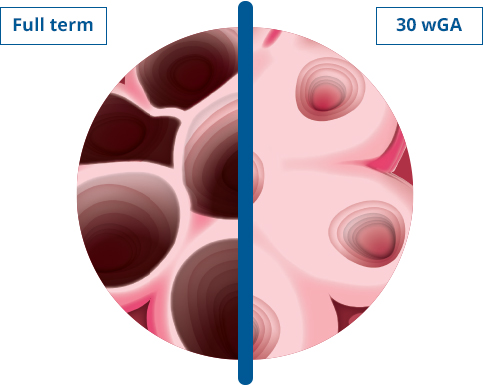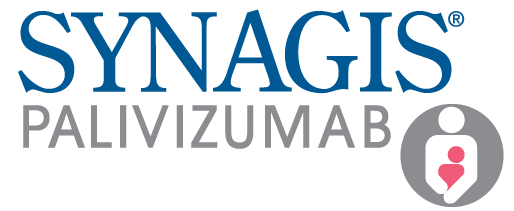Terms of Use
In order to participate in the SYNAGIS Copay Assistance Program (Program), a patient must have commercial insurance for SYNAGIS® (palivizumab). The Program is not valid for
patients whose prescription claims are reimbursed, in whole or in part, by any state or federal government program, including, but not limited to Medicaid, Medicare, Medigap, Department of
Defense (DoD), Veterans Affairs (VA), TRICARE, Puerto Rico Government Insurance, or any state patient or pharmaceutical assistance program. This offer is not valid for cash-paying patients.
The Program is void where prohibited by law. Certain rules and restrictions apply. Sobi reserves the right to revoke, rescind, or amend this offer without notice. This Program is not
insurance.
This Program is not valid for pharmacy claims and transactions submitted more than 180 days from the date SYNAGIS was administered or for medical claims and transactions submitted more than
270 days from the date SYNAGIS was administered. Patients, pharmacists, and prescribers cannot seek reimbursement from health insurance or any third party for any part of the benefit
received by the patient through this Program. This Program is not conditioned on any past, present, or future purchase, including refills.
The Program covers the cost of the drug only, and does not cover costs for administration of SYNAGIS, office visits, or any other associated costs. When SYNAGIS is covered under the
medical benefit, an itemized explanation of benefits from the insurance provider that identifies the insurance provider’s payment for the drug must be submitted.
BY USING THIS PROGRAM, YOU UNDERSTAND AND AGREE TO COMPLY WITH THESE ELIGIBILITY REQUIREMENTS AND TERMS OF USE.
